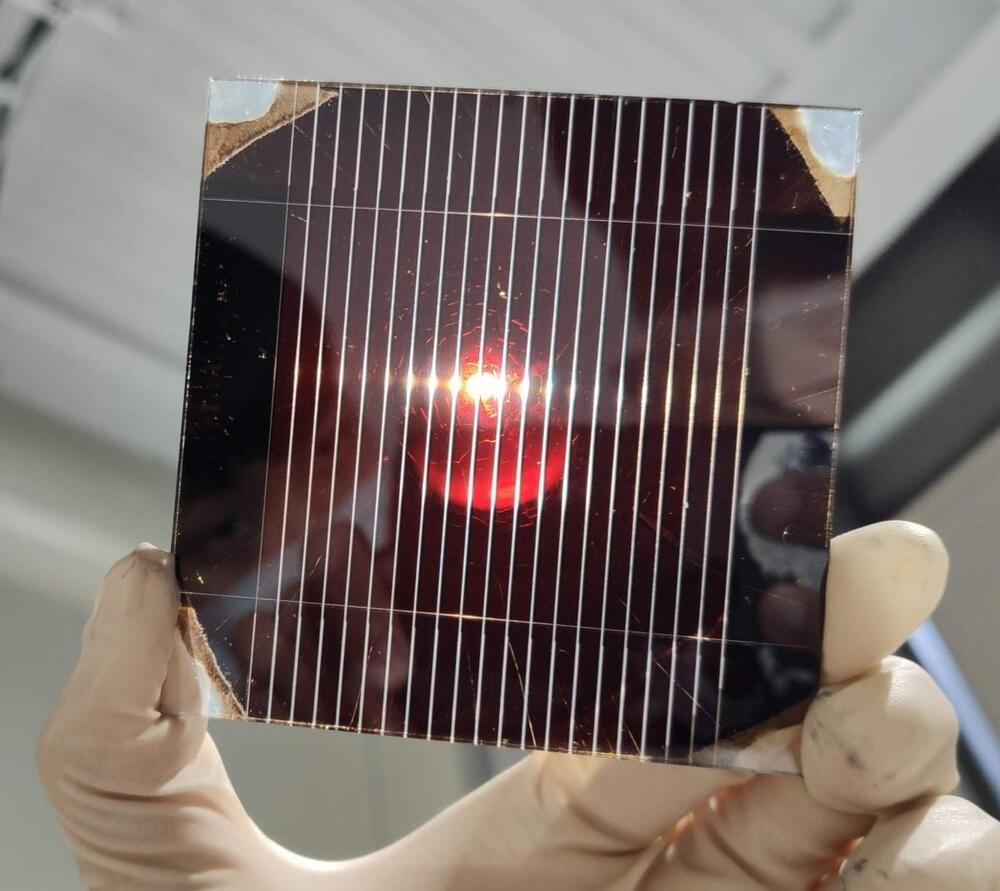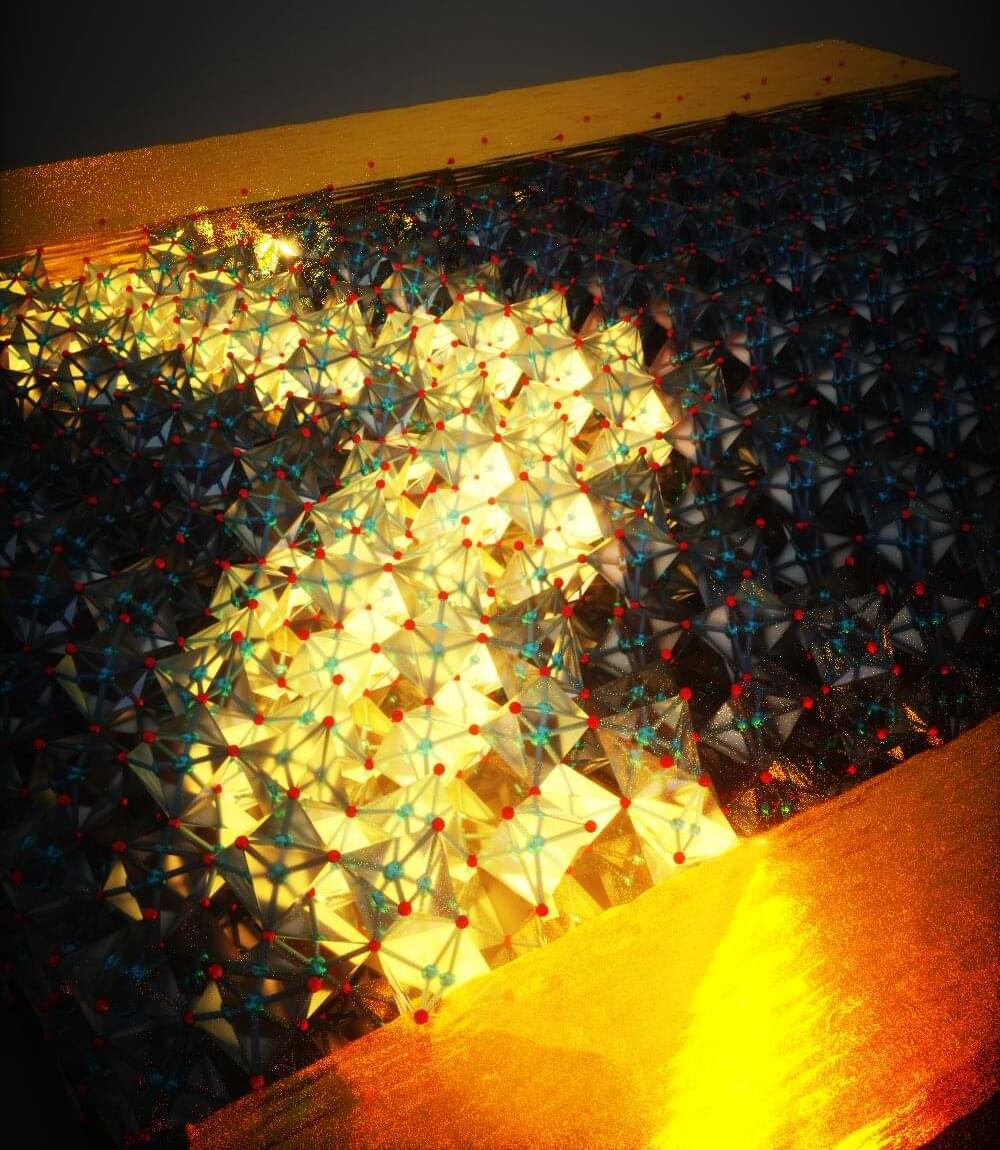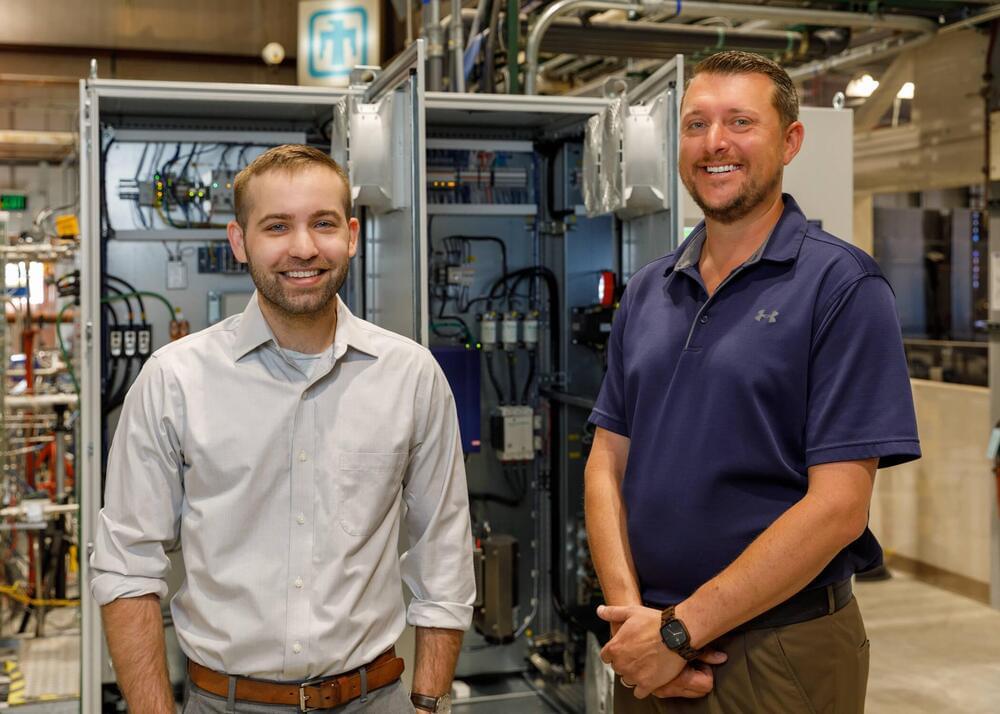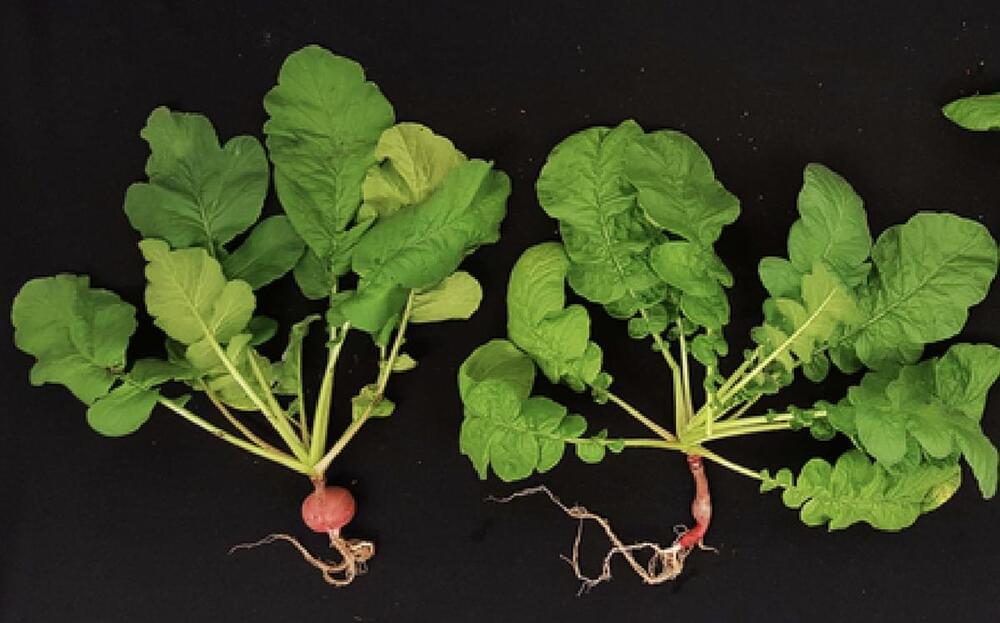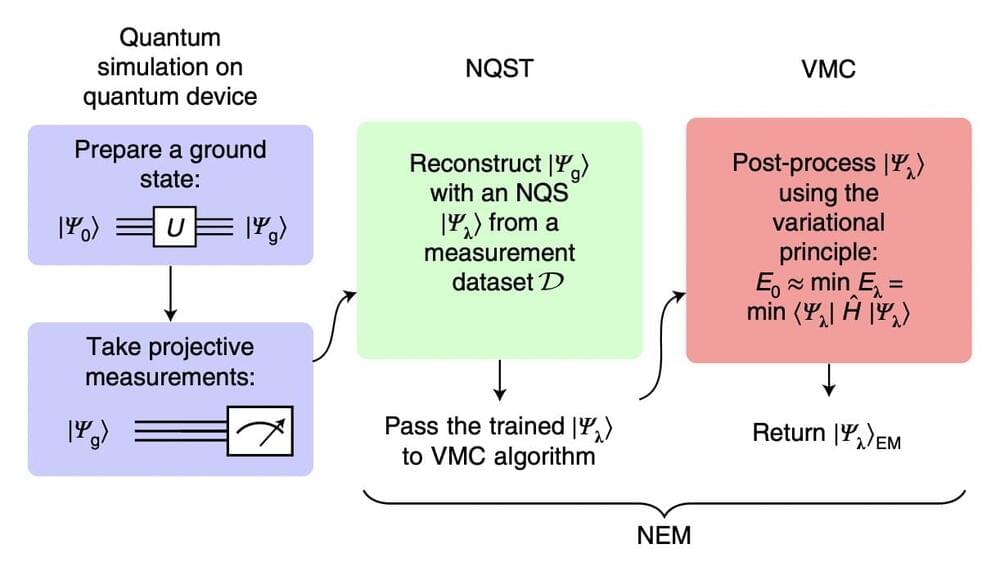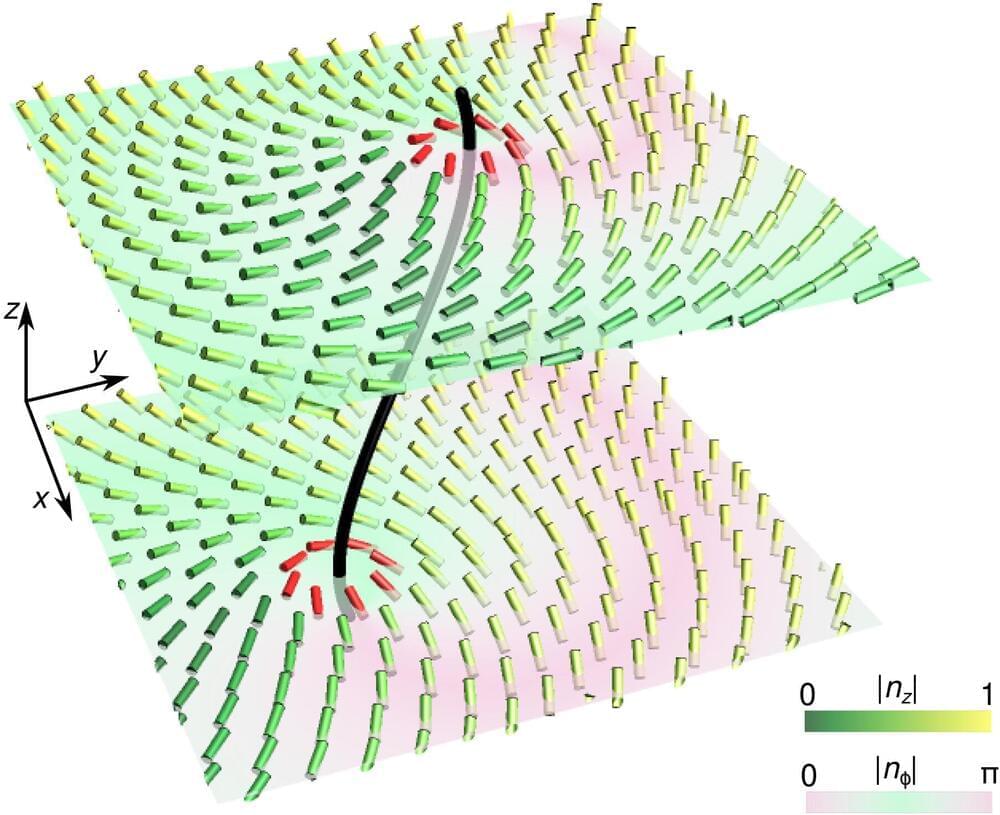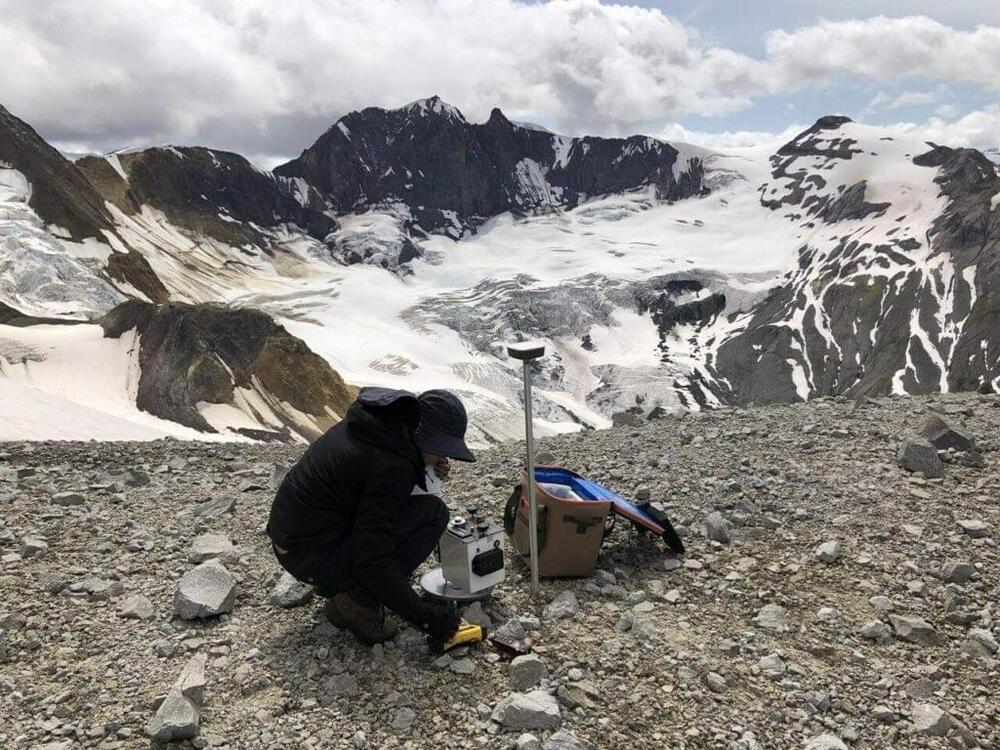Aug 22, 2022
Controlling the crystals for a 17.96% efficient perovskite solar cell
Posted by Shubham Ghosh Roy in categories: solar power, sustainability
Scientists in Taiwan demonstrated a new way to produce high-purity lead-iodide, as a precursor material for a perovskite solar cell. By using temperature to better control the orientation of crystals, the group was able to show much higher efficiencies when the precursor was used to fabricate a perovskite layer and subsequently a working solar cell.
